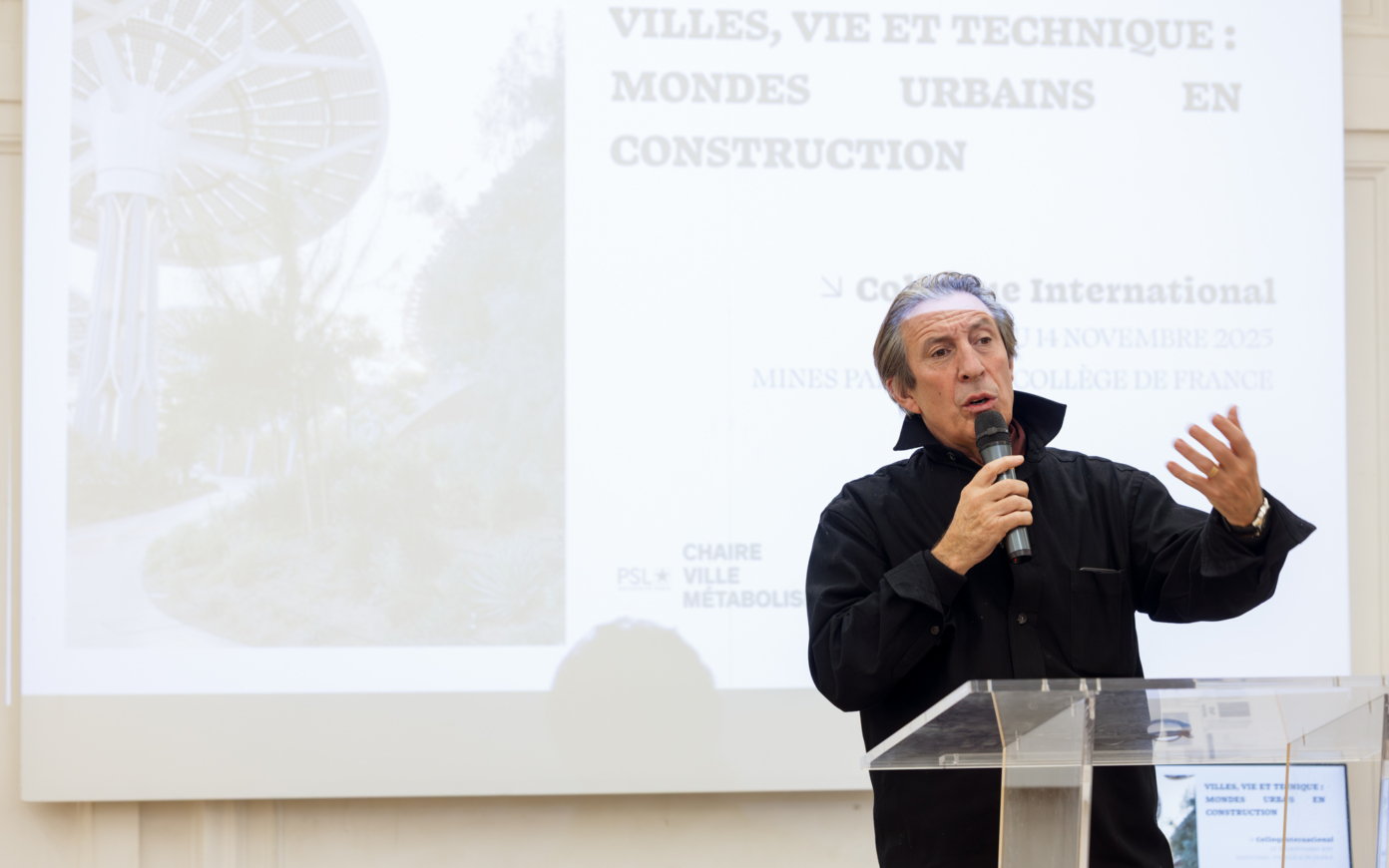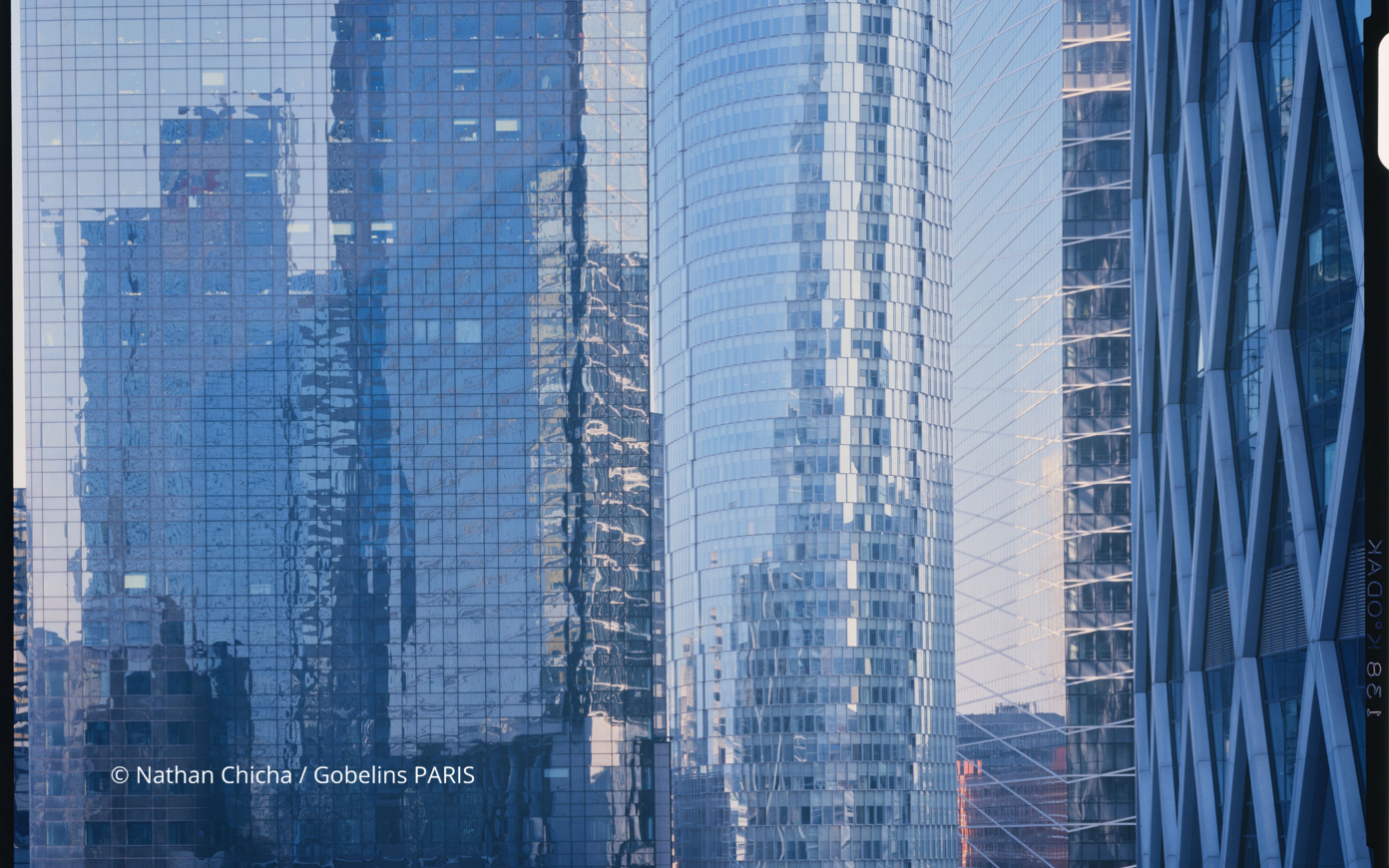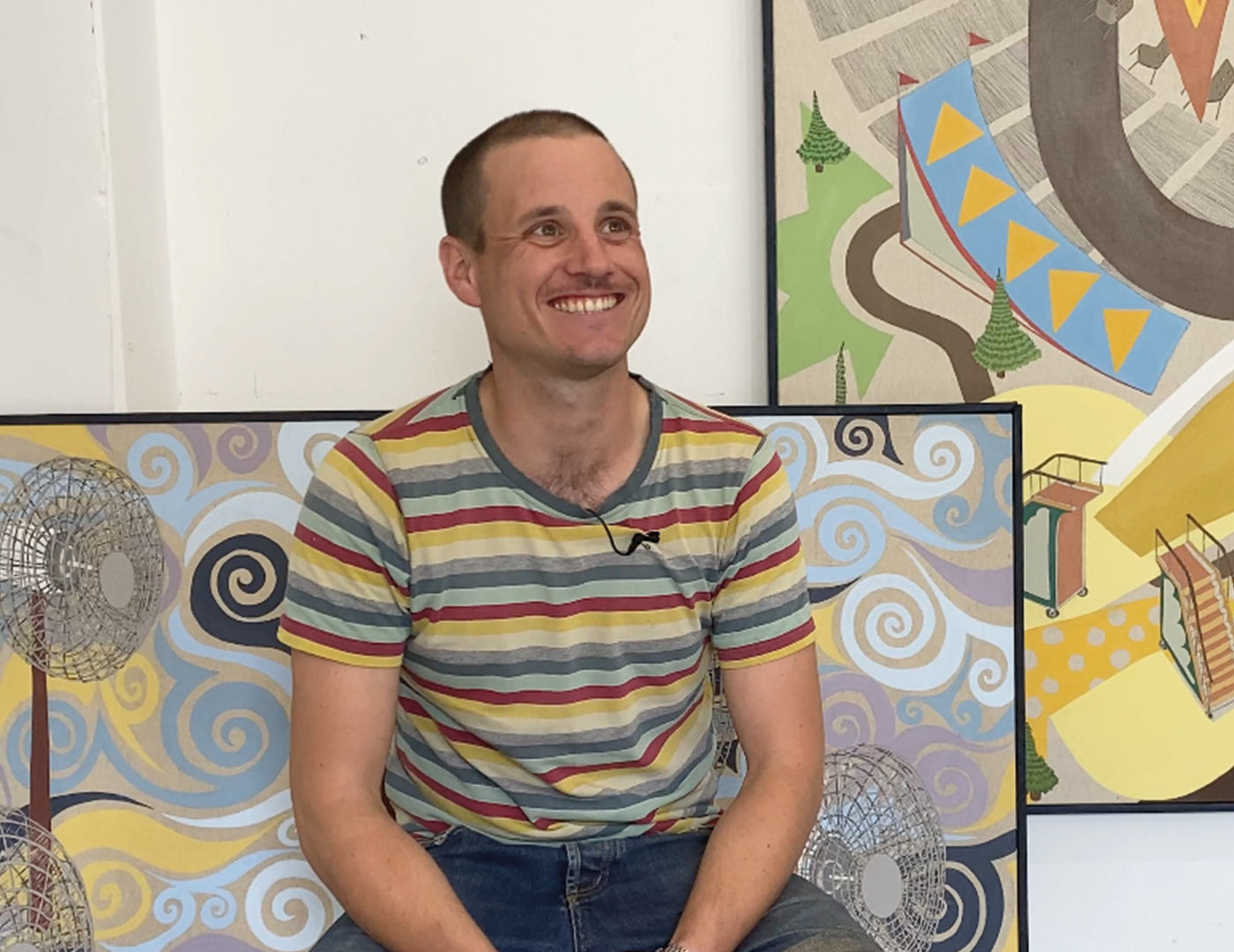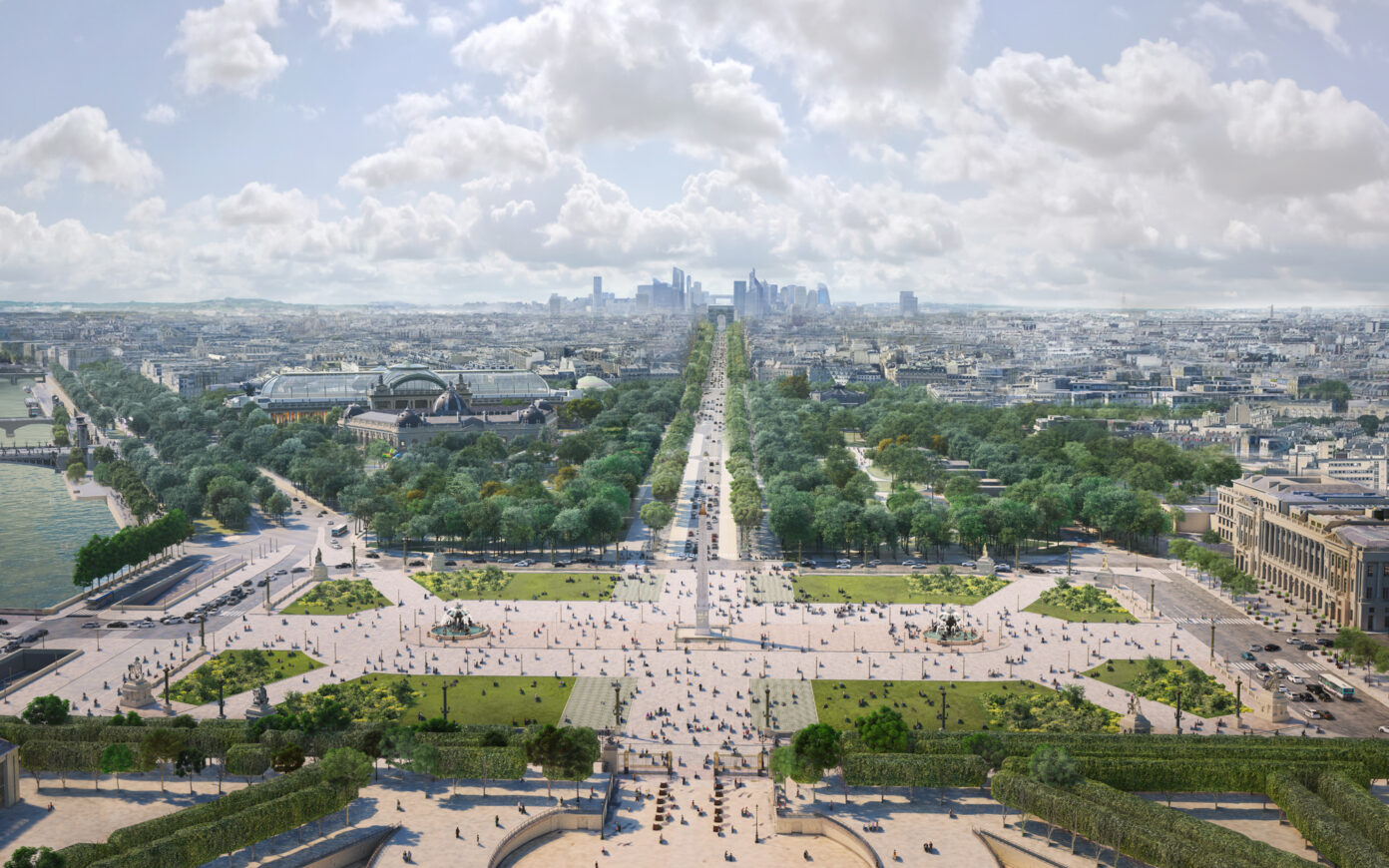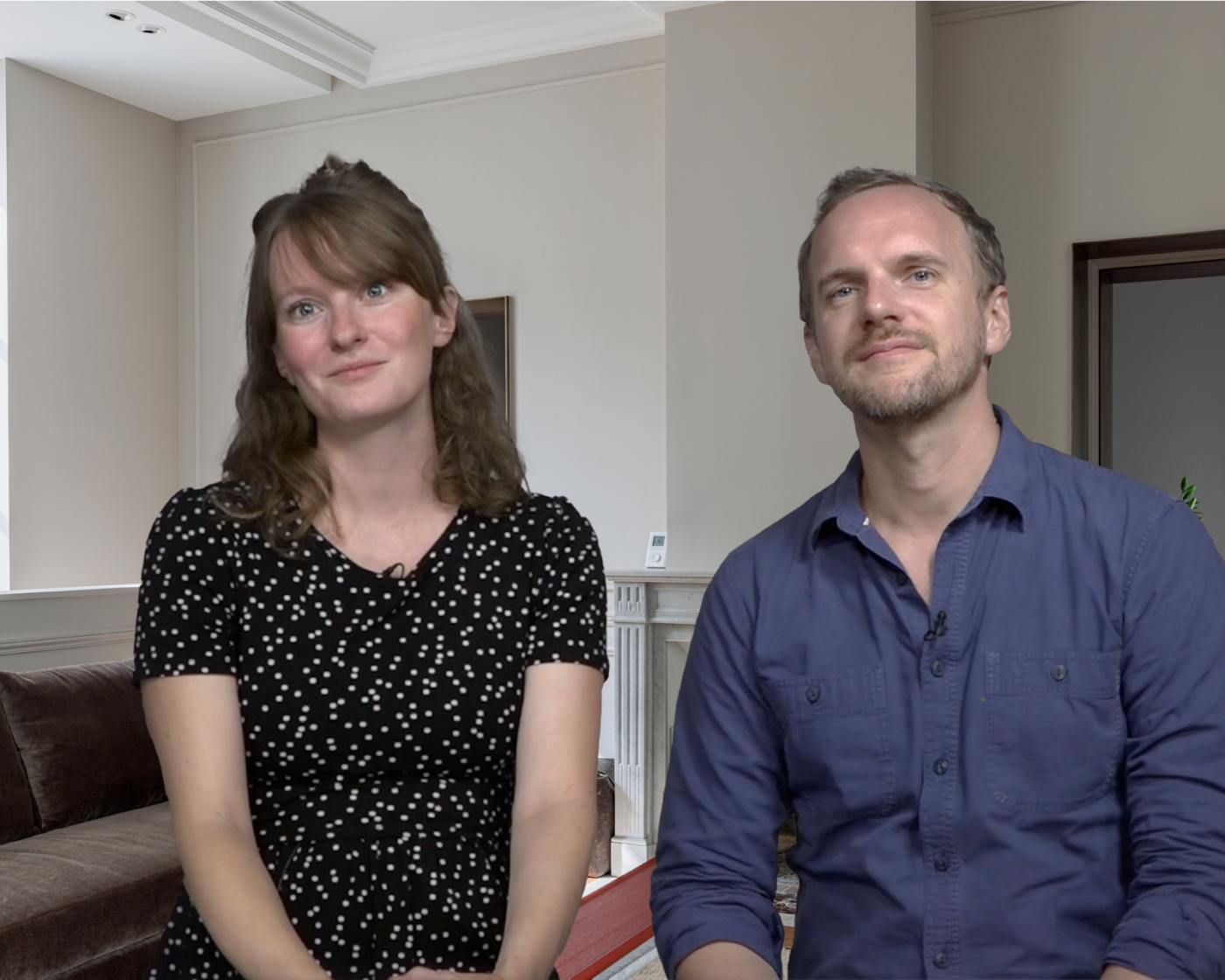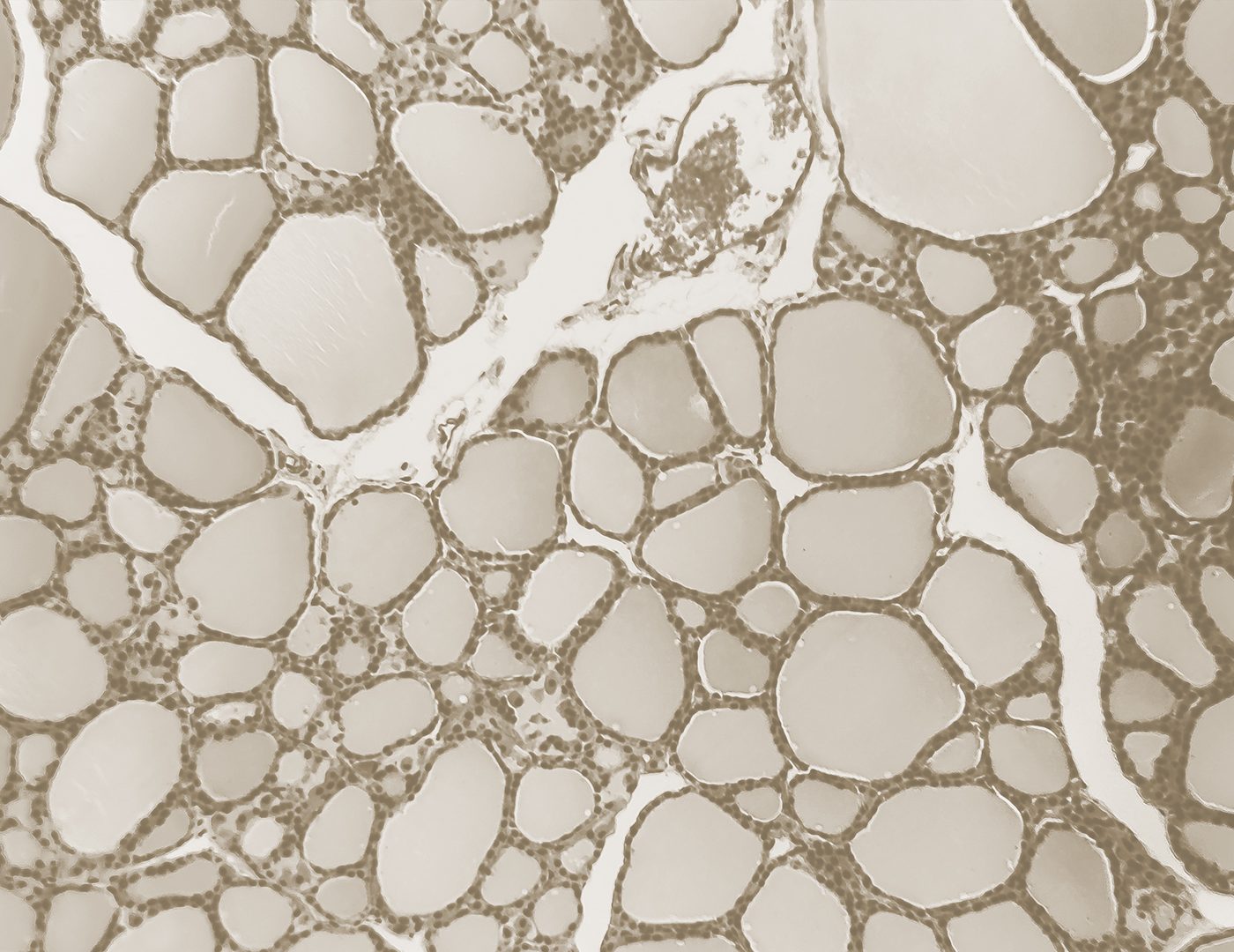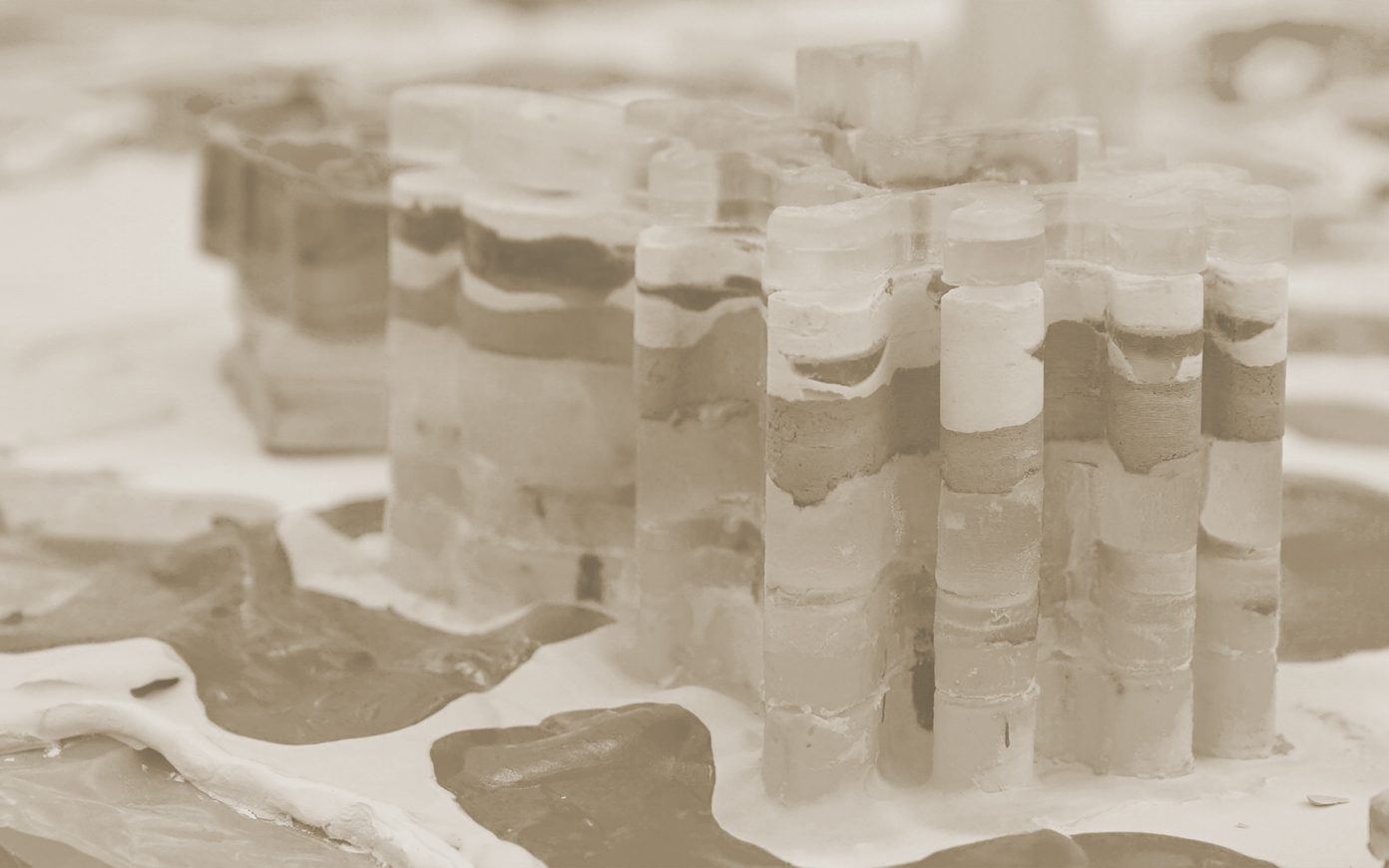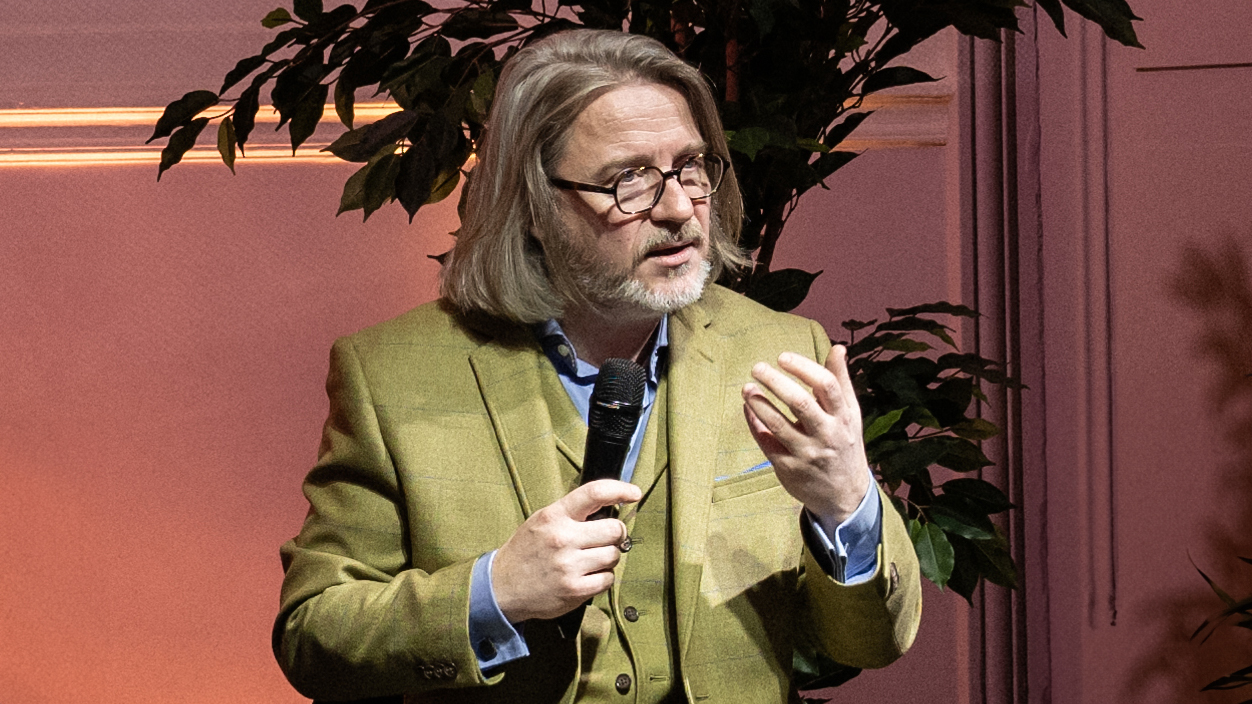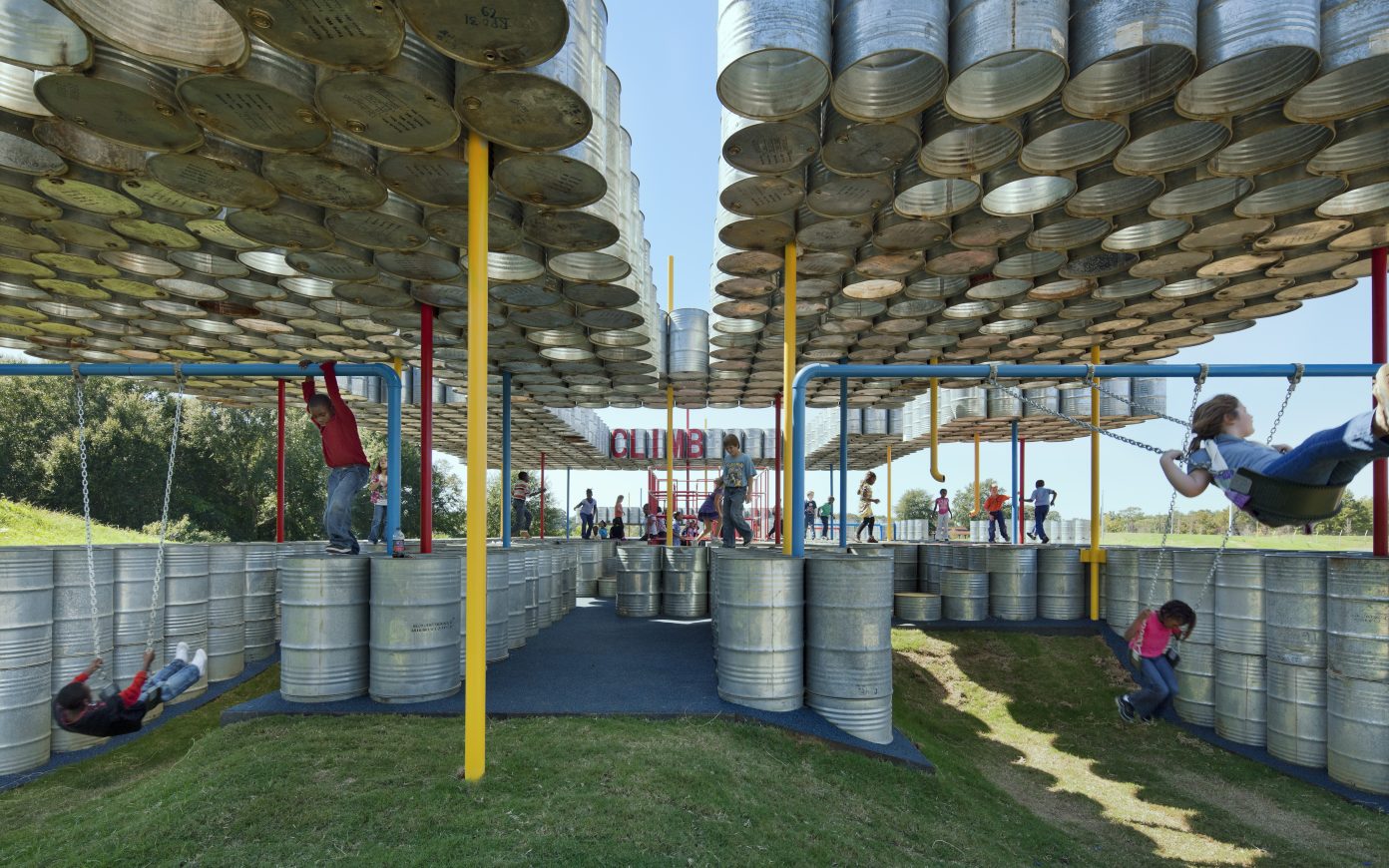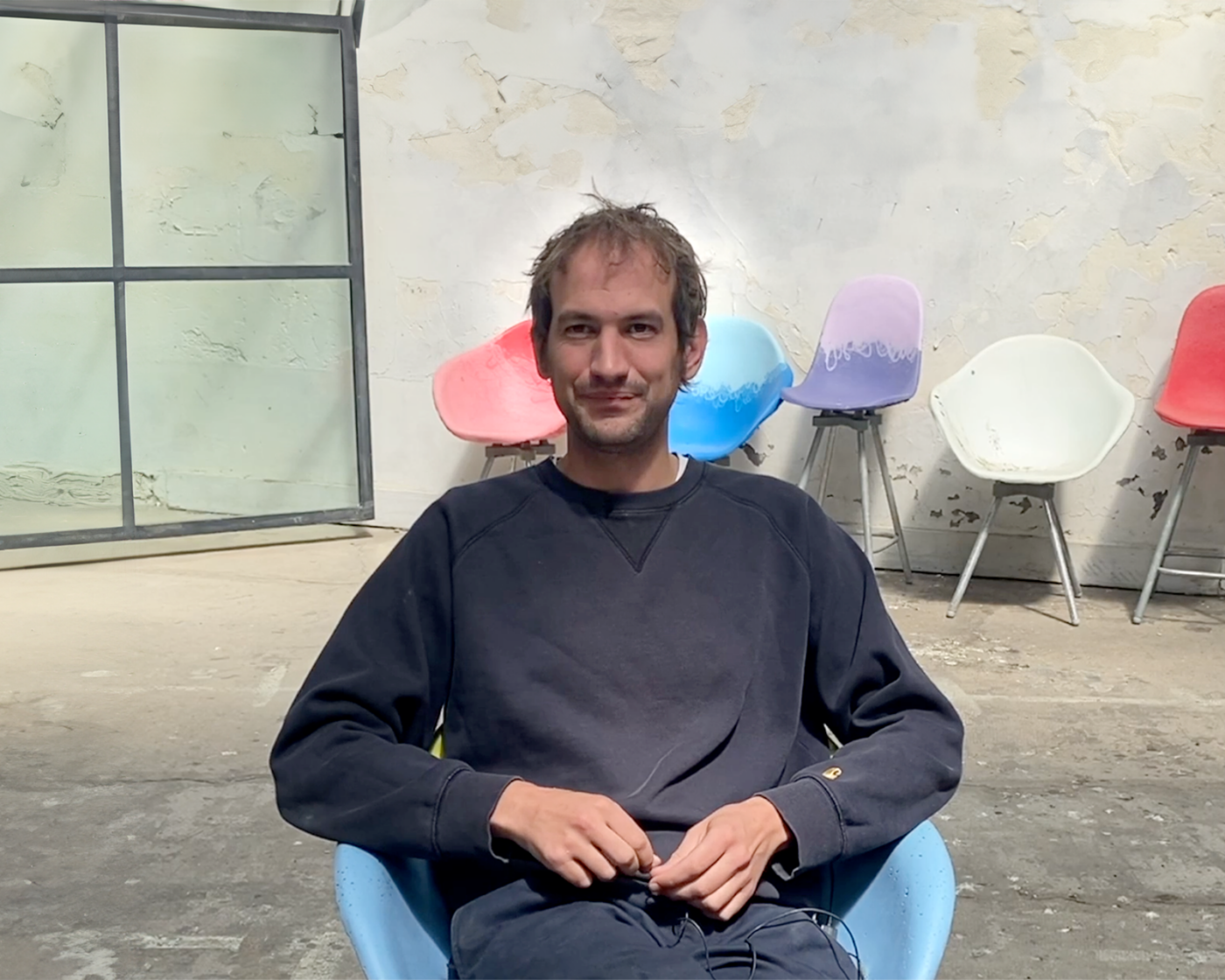Colloquium “Cities, Life and Technology: Urban Worlds in the Making” of the Ville Métabolisme Chair
Chaire Ville Métabolisme
12 November 2025
The Ville Métabolisme Chair has reached a new milestone. Led by Université PSL and initiated by PCA-STREAM, the Chair explores the city as a living system, bringing together researchers, architects, engineers, urban planners and anthropologists around a shared ambition: opening up new ways of understanding, representing and transforming urban worlds. The colloquium “Cities, Life and Technology: Urban Worlds in the Making” marked a new step in this collective adventure: three days of discussions with international speakers from the Collège de France, the University of Cambridge, the University of Oxford, Mines Paris – PSL and other institutions. This edition gathered remarkable voices — Patrick Boucheron, Matthew Gandy, Maan Barua, Jonathan Rutherford, Victor Buchli… — all woven together by a common thread: approaching the city as a living milieu. On PCA-STREAM’s side, Pauline Detavernier, Director of Research and Innovation and lecturer at the École d’architecture Paris-Malaquais – PSL, spoke in the session “Mediations.” She presented her work on how to make moving bodies perceptible and meaningful in urban and architectural projects. Léone-Alix Mazaud, research and innovation officer at the agency, also shared her investigations into ways of quantifying, modelling and rendering biodiversity tangible within architectural design. These reflections directly nourish our THINK / BUILD approach at PCA-STREAM. The colloquium was a rich moment of exchange, reminding us of the importance of the Chair: creating a space where research, practice and design can truly speak to one another.
